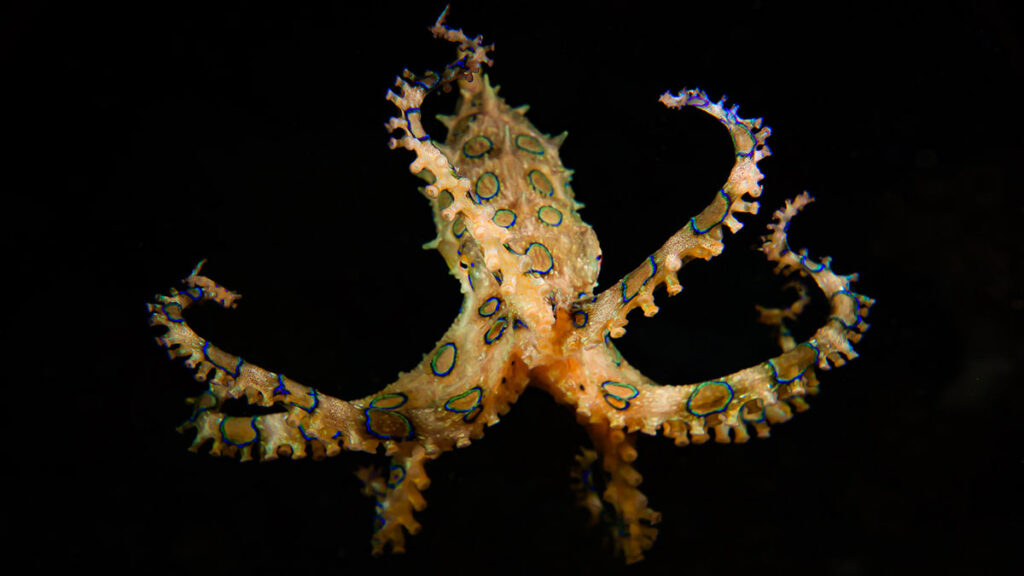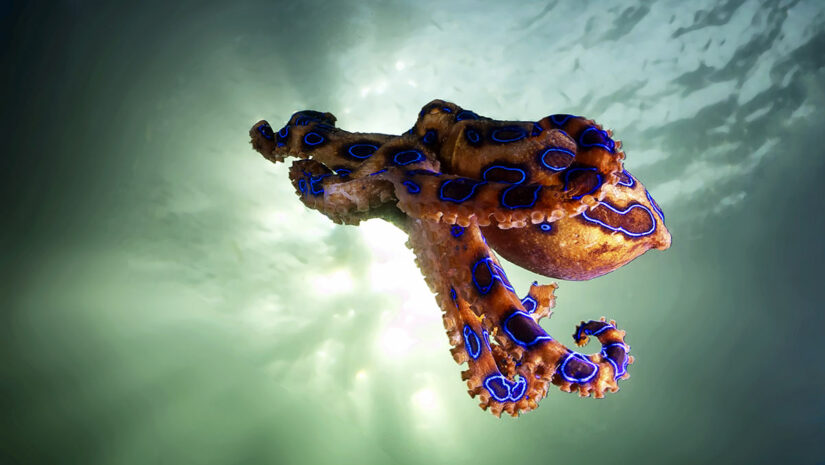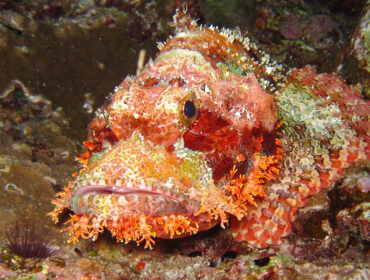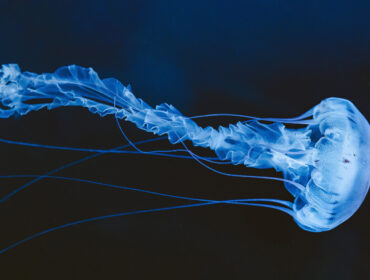The blue ringed octopus is one of the ocean’s most interesting creatures. Shifting in shape and color, these octopi are truly the chameleons of the sea. The affectionately nick-named “BRO” is a super-star, topping the list of underwater photographers’ most sought-after creatures.
The blue ringed octopus is only as big as the length of a pencil when fully grown, and is found in tidal regions and coral reefs of the Pacific and Indian Oceans from Australia to Japan. The little creature, however, packs enough poison to kill 26 adults within minutes. To make matters worse for divers and swimmers who foolishly stick their hands into rock crevices, the cute creature’s parrot-like beak can easily penetrate a wetsuit.
The most unusual feature of the blue ringed octopus explains its popularity. A usually calm beige skin becomes marked with bright blue rings when the octopus is threatened. Here are facts you should know about the blue ring octopus.

Facts About the Blue Ringed Octopus
There are many types of blue ringed octopus
There are likely around ten different species of this tiny terror, the most common being the lesser, or Southern, blue–ringed octopus (Hapalochlaena maculosa) and the greater blue–ringed (Hapalochlaena lunulata). Ironically, the lesser is actually the larger of the two. Its name comes from the fact that the distinctive indigo rings are smaller than those of its counterpart.
The original blue ringed was discovered off the coast of Australia, and since then marine biologists have officially named four different types.
It’s one of the only venomous octopus species
One of the most interesting blue ringed octopus facts may save your life. The blue ringed octopus is one of the only venomous species of octopus. It is only about the size of a human hand, but the toxins found in the blue ringed octopus’ bite can kill a full-grown man. For self defense, this little guy uses tetrodotoxin, which is the same toxin found in puffer fish. The average sized blue ringed octopus has enough venom to kill 26 human adults at the same time.
There’s no antidote to its bite
What happens when a blue ringed octopus bites? A noticeable numbness in the lips is a common first symptom, which can spread throughout the entire face. It becomes difficult to breathe or speak, and nausea begins to set in.
Without antivenom, total body paralysis ensues within minutes, beginning with the diaphragm. While deaths are rare, asphyxiation can occur due to the paralyzed diaphragm. It is urgent that the victim continue to receive emergency treatment even if not responsive because paralysis renders the victim helpless to respond. Nonlethal bites are frequent in Japan where octopus is something of a national dish, and cases of octopus toxicity are often misdiagnosed as food poisoning.
Its toxins are deadly
Once you see the creature flashing its rings, it’s time swim away. While its bite feels like a painless nip to some, the real threat is the release of tetrodotoxin, one of the most potent toxins known to mammals — 1,200 times as toxic as cyanide!
The blue ringed octopus doesn’t stop at one kind of fatal toxin. This venomous guy actually carries a secondary type of toxin especially for hunting. Harmless to humans but deadly to crabs and other prey, the blue ringed octopus bites its meal and renders it immobile with this secondary toxin. This venom is so potent that it is thought that the octopus may not even need to bite its prey – simply being in the vicinity of the venom cloud can kill a crab.
It’s hard to spot
With all of these toxins divers may be wary of coming across a blue ringed octopus. Fortunately for skittish divers, the blue ringed octopus is very difficult to spot. This species is shy, docile, and solitary, with a soft body of yellowish-brown skin that it can manipulate to match the surrounding rocks and coral. When frightened, however, its bright blue rings flash like police sirens.
Only the size of a human hand, the blue ring octopus can also change its shape to wriggle into cracks or hide under rocks. Its hunting schedule is primarily nocturnal, so spotting one of these guys can be a bit of a challenge, but worth it if you do happen across one!

Leave the blue ringed octopus alone
The best way to avoid the blue ringed octopus’s venomous bite is to give it space and respect its solitary existence. Don’t poke, prod, or try to pick it up. Admire the blue ringed octopus from a distance, because a little distance might be the only thing that prevents you from a trip to the emergency room.
Its reproductive life is deadly
Unfortunately for the blue ringed octopus, both the male and female of the species die during reproduction. The male will die immediately after fertilizing the eggs. Each mating results in 50-100 eggs. The female lives through the process but will then guard her hutch with her life – literally. Females will refuse to eat during the 1-2 months of gestation and will starve to death rather than leave the eggs’ vicinity.
Conclusion
Imagine encountering an adorable marine creature weighing as little as an ounce and measuring less than three inches across. Sounds pretty harmless, right? Beware — there is a diminutive creature in the sea that is actually the most dangerous of all the cephalopod family, and it is attractive enough to draw you in close. But if you see those blue rings appear, back off fast.
This beautiful but dangerous marine creature can be found in the warmer waters of the Pacific and Indian Oceans. If you happen to be diving in these regions, take care to remain a safe distance from this beautiful killer!





